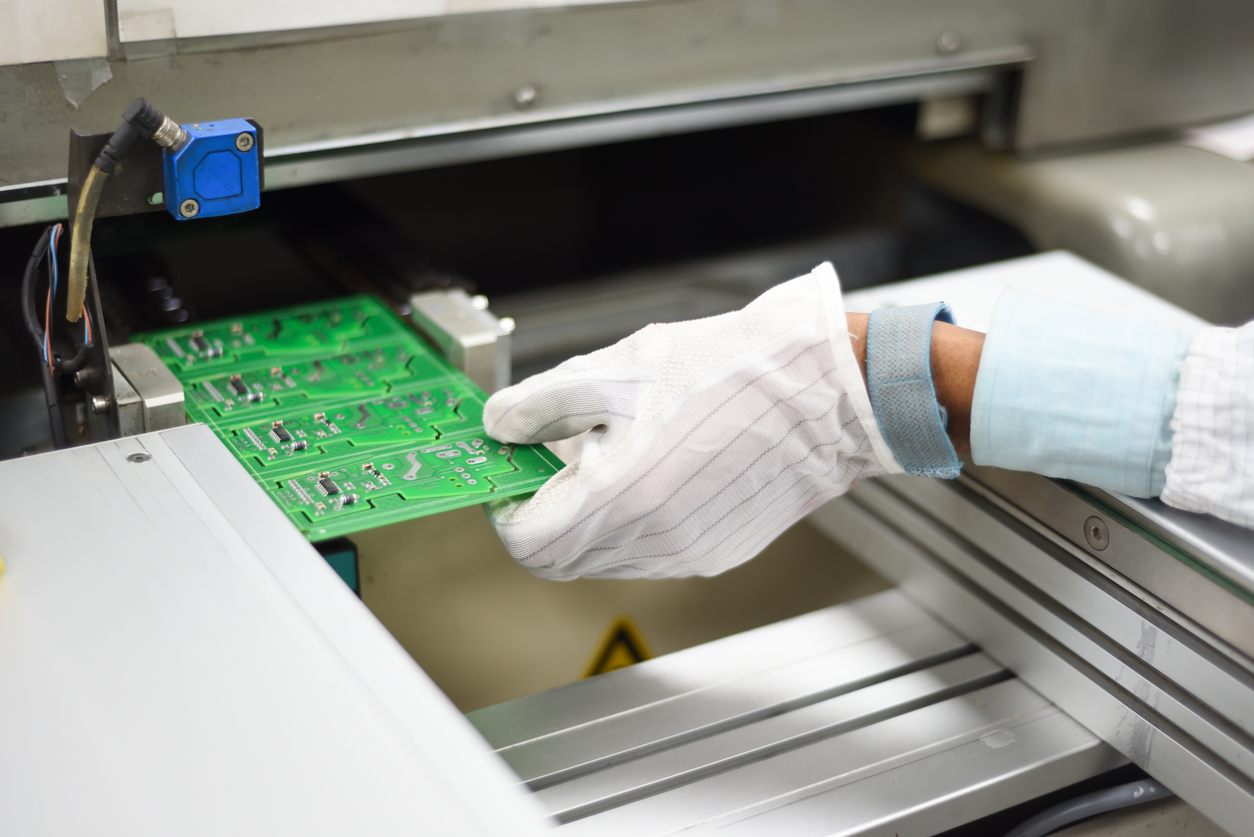
June 24, 2024
Key growth areas include PCBAs, which are projected to reach US$ 139 billion
Government actions recommended include fiscal support schemes and tariff rationalisation
Priority components like batteries, camera modules, and displays need domestic production
Challenges include higher manufacturing costs and a lack of raw materials ecosystem

India needs to transform its electronics sector from import-dependent assembly-led manufacturing to value-added component manufacturing, according to a report by the Confederation of Indian Industry (CII). The report highlights that in 2023, the demand for components and sub-assemblies reached US$45.5 billion to support US$102 billion worth of electronics production. This demand is expected to increase to US$240 billion by 2030, supporting an electronics production value of US$500 billion.
Key components and sub-assemblies, such as Printed Circuit Board Assemblies (PCBAs), are projected to grow at a robust CAGR of 30%, reaching US$ 139 billion by 2030. The report urges the government to implement key measures, including a fiscal support scheme, the introduction of SPECS 2.0 (Scheme for Promotion of Manufacturing of Electronic Components and Semiconductors), rationalising import tariffs on components like camera modules, and signing Free Trade Agreements (FTAs) with European and African countries.
The report identifies five priority components—batteries (lithium-ion), camera modules, mechanicals, displays, and PCBs—as high priorities for India. These components accounted for 43% of the demand in 2022 and are expected to grow to US$51.6 billion by 2030. Currently, these components have minimal production in India and are heavily import-dependent, a trend India cannot sustain.
The PCBA segment, with most demand currently met by imports, is another high-potential area for India. This segment is expected to grow by 30%, creating a demand of around US$ 87.46 billion by 2030. However, India faces significant challenges, including higher manufacturing costs than China, Vietnam, and Mexico (10-20% higher), a lack of large domestic manufacturing corporations, a weak domestic design ecosystem, and insufficient raw materials.
The report states that policy support will yield various economic benefits, such as creating approximately 280,000 jobs by 2026, increasing domestic value addition, reducing import dependency, and boosting GDP. These changes will help position India as a global hub for electronics manufacturing.
Source: Economic Times